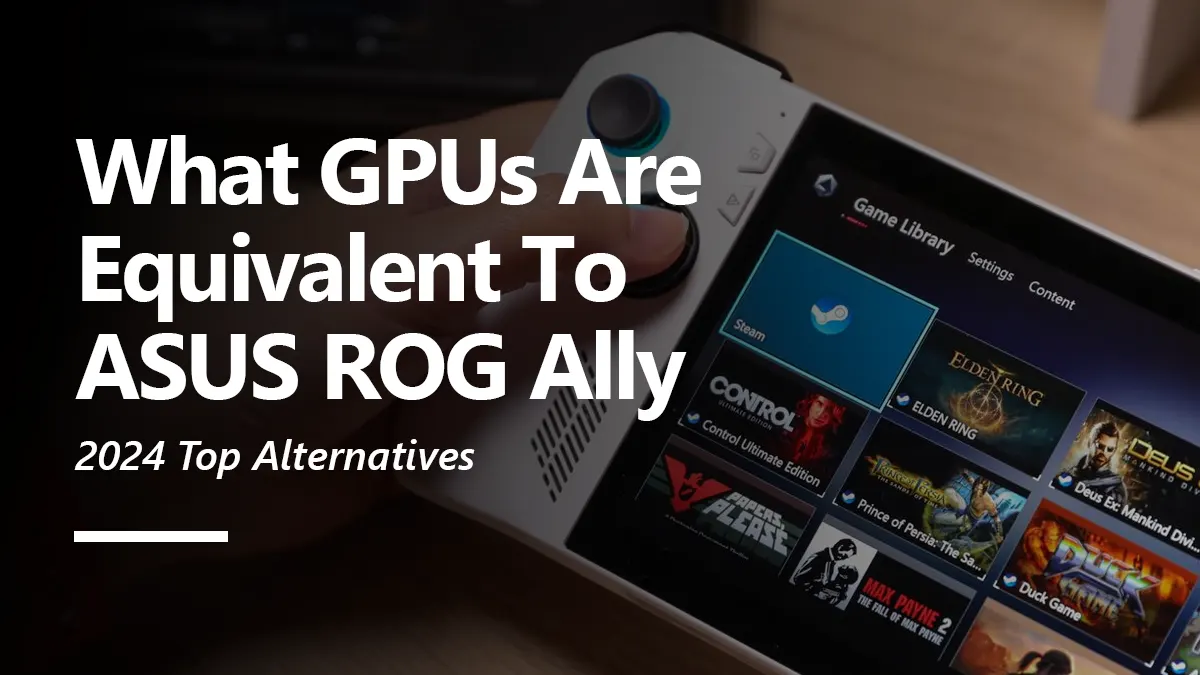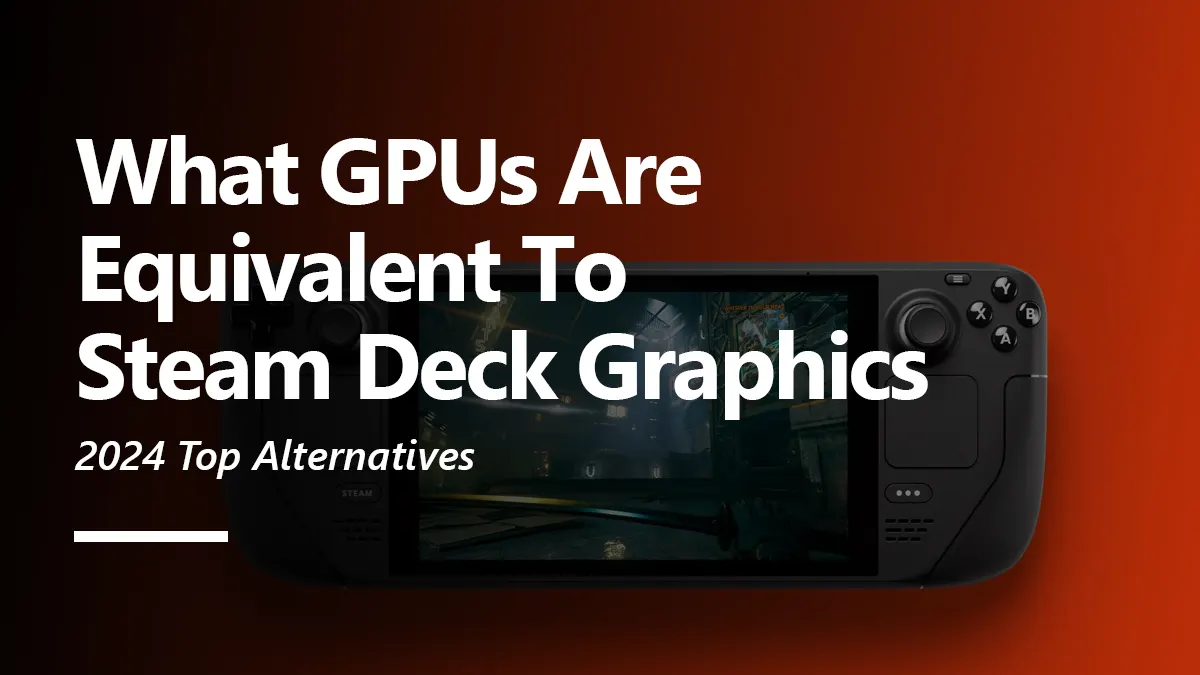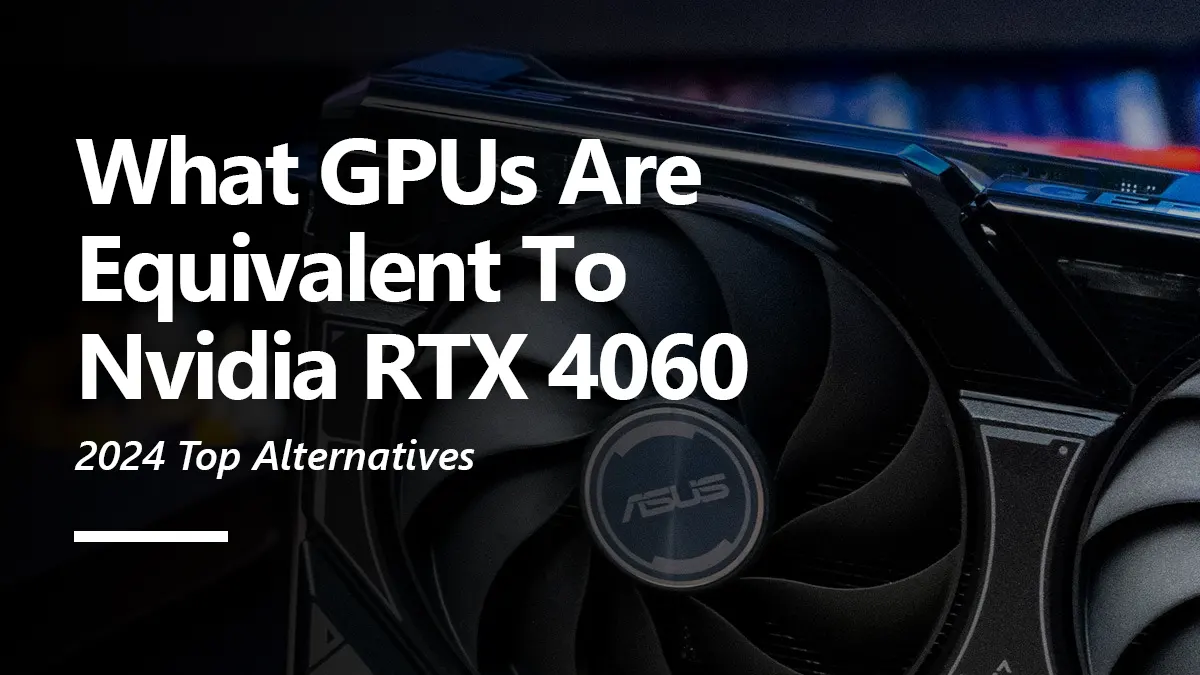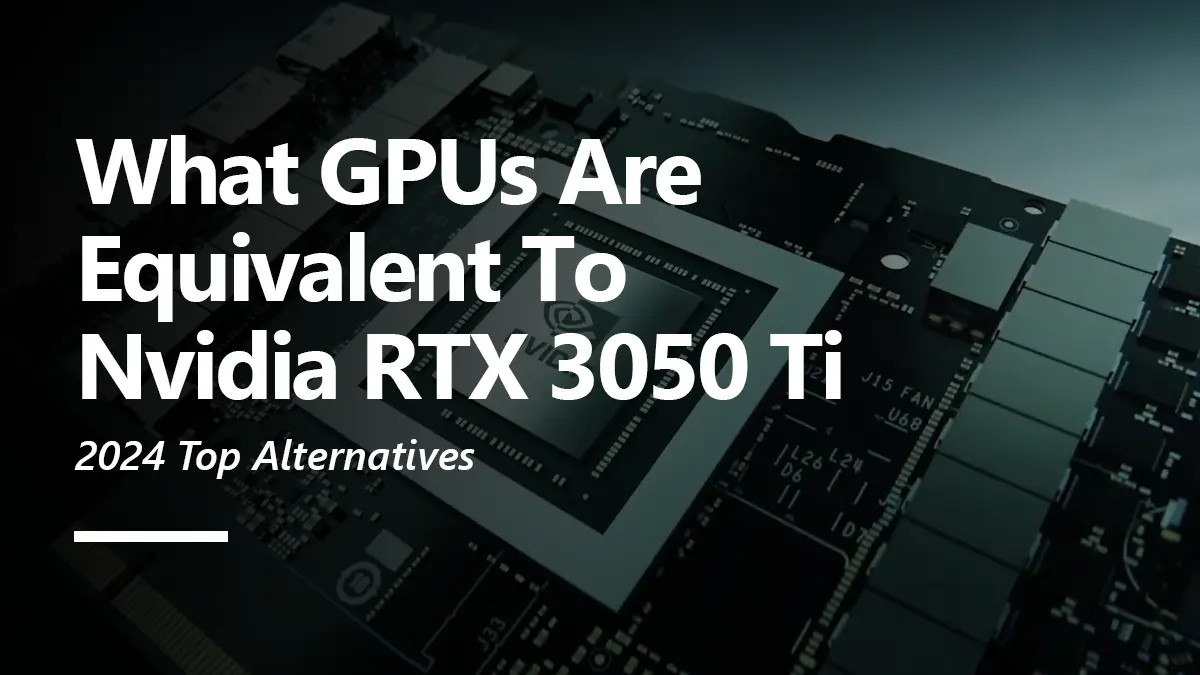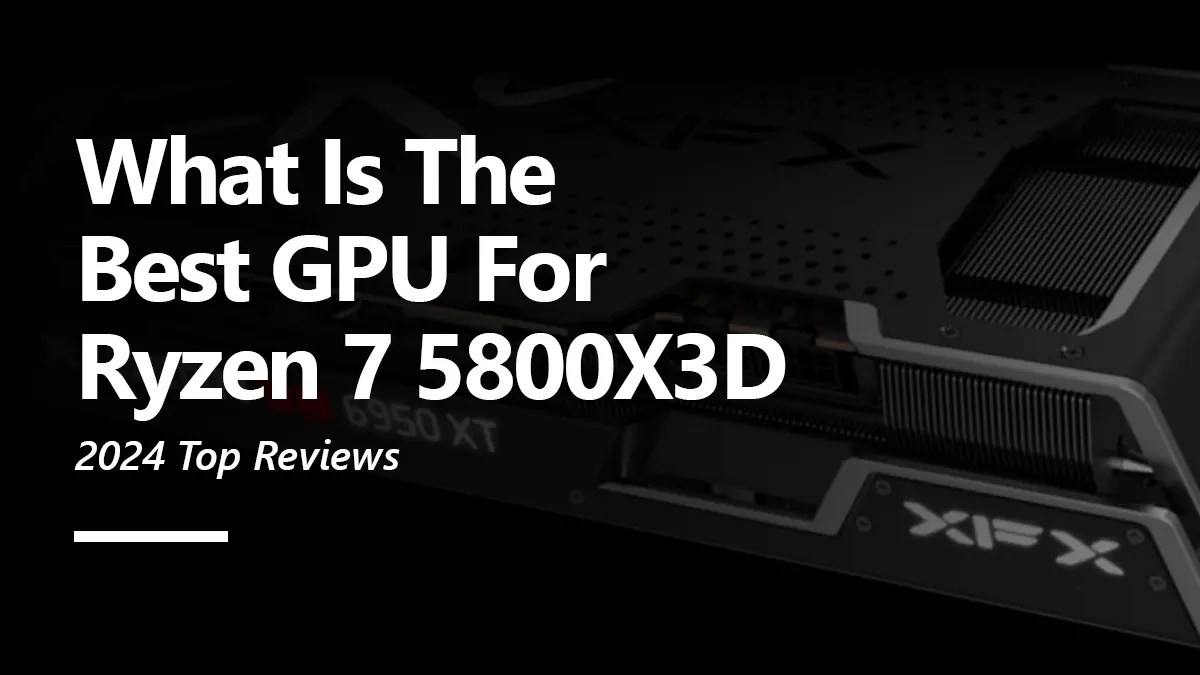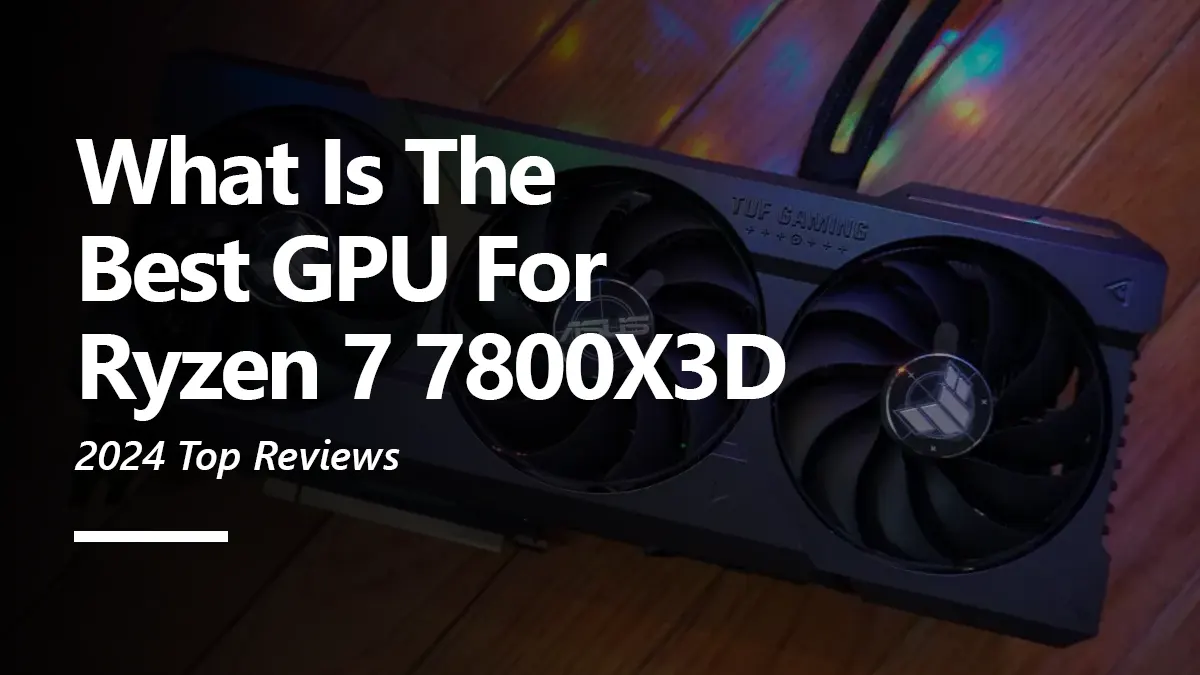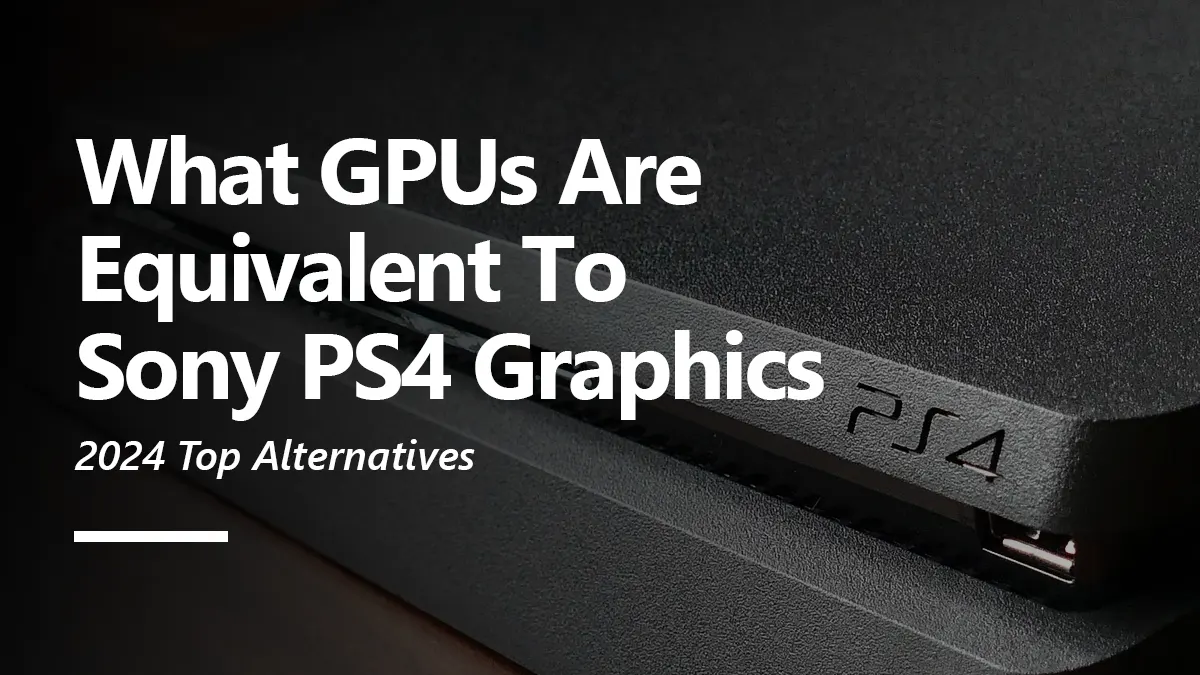Following the massive success of the Steam Deck, ASUS also dipped its toes into the world of handheld gaming devices and came up with the ROG Ally device. The ROG or “Republic of Gamers” is a Sub-brand of ASUS known for its premium-quality gaming hardware with an equally premium price tag.
The ROG Ally was released this year at a 700$ price tag, with most of its attributes way more potent than the Steam Deck. Unlike the Steam Deck, It runs on Windows 11 OS and has an OLED screen of Full HD resolution with a refresh rate of 120Hz.
Furthermore, The Ally uses AMD’s contemporary RDNA 3-graphics architecture APU with Zen-4 cores for its CPU. Its CPU is a Ryzen one, entailing two different models of Z1 or Z1 Extreme variants.
The Z1 has a 6-core/12-thread CPU, whereas the Z1 extreme is more robust with an 8-core/16-thread processor. But perhaps the most exhilarating feature of this machine is its GPU. Both models contain essentially the same graphics processor; the ROG Ally has an excellent GPU with 12 RDNA 3.0 Compute units with four Gigabytes of memory and up to 2700 MHz of frequency clock.
Since this device is meant to be an “Ally” for gamers, it is only fair to delve into its GPU details and discover exactly what mainstream GPU it resembles. If you were mulling over the same thing, don’t worry; we’ve got you covered, as today will answer this question.
GPU equivalent to the ASUS ROG Ally Graphics
The ROG Ally graphics processor is rated for 8.6 TFLOPS of precision points. With this data and its several performance benchmarks, we can comfortably say that it bears a striking similarity to the GTX 1650 Super graphics card from Nvidia. The GTX 1650 Super is a fantastic graphics card that was and is decent for 1080p/60fps gaming. In the next section, let’s check what similarities and distinctions both of these GPUs have.
GTX 1650 Super
Succeeding the GTX 10 series, Nvidia launched its GTX 16 series, which had only mid-range graphics cards. The GTX 1650 Super is a 1080p mid-end GPU that uses an average-sized chip and employs the Turing Architecture. Nvidia utilized this architecture and chip to develop its next generation of mainstream GPUs, the RTX 20 series.
The GTX 1650 Super is a highly-tuned version of the simpler GTX 1650 with great ramifications in many areas. These changes were significant enough to give it a 20 – 25% performance boost against the GTX 1650. Aside from that, the 1650 Super has a decent memory of 4 gigs and a reasonably modern GDDR6-type memory for its time.
Performance-wise, the GTX 1650 Super is among the best mid-range graphics cards. It has 1280 CUDA cores and 20 Streaming multiprocessors. With these engines and a fast 4GB memory, the 1650 Super has a prominent gaming efficacy that is steadfast for 1080p resolution.
Above this resolution, this GPU struggles, and its VRAM can only handle a very minimal amount of graphical assets for modern games. But overall, it still holds a spot as an entry-level GPU as it can easily manage to convey profound performance on most esports games and multiplayer titles.
Conclusion
The small size of the ROG Ally itself and a very specifically designed chip have their expected flaws. Like most processing units, the Ryzen/Radeon APU will produce some heat that needs to be adequately vented out.
However, with a handheld device like this, the thermal measures that can be taken are also pretty design and weight-oriented. Hence, the Ryzen processor in the Ally is deliberately designed to have a small TDP, which works well in its favor.
Nevertheless, seeing such a small chip achieve these significant gaming results is captivating. Its performance isn’t ditto to the GTX 1650 Super, but it is pretty close. Additionally, its initial reviews have been very positive.
Frequently Asked Questions
Is ROG Ally better than Steam Deck?
The ROG Ally is a much better and more powerful handheld device than the Steam Deck. It features a significantly modern APU based on AMD’s latest generation of processors and graphics cards. Further, it has a better screen with a higher refresh rate and can yield around 15 – 20 more FPS in many games.
Does ROG Ally work with an external GPU?
Yes, ROG Ally can work with an external GPU. ASUS has showcased many of Ally’s capabilities, including using external GPU with ROG XG Mobile eGPU. It connects via a PCIe x8 connector and tremendously increases the gameplay faculties of the ROG Ally.
